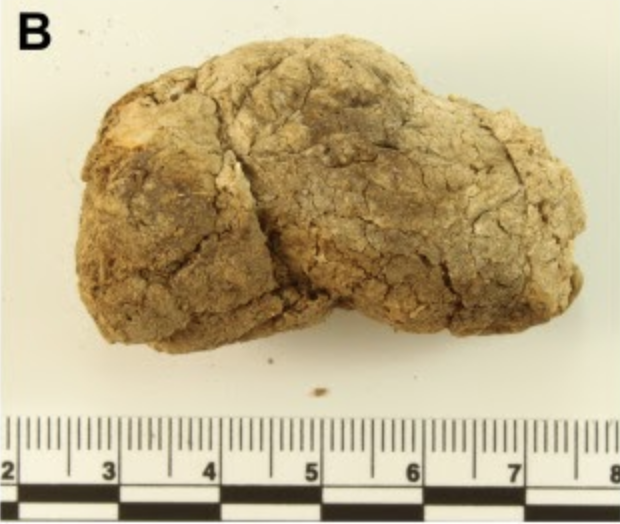York PhD student Eleanor Green publishes with colleagues in Earth Science Reviews
Open Access article "The what, how and why of archaeological coprolite analysis" discusses how archaeologists examine palaeofaeces

Archaeological faecal samples are called coprolites or palaeofaeces and in this recent publication BioArCh PhD student, Eleanor Green, worked with researchers Dr Lisa-Marie Shillito, Dr John Blong and Dr Eline Van Asperen from Newcastle University to explain the whats, whys and hows of archaeological coprolite analysis.
In this paper, the environmental archaeological evidence obtained from macroscopic, microscopic, and molecular analyses of coprolites is assessed. Eleanor’s research area is the analysis of the biomolecules, especially ancient DNA, extracted from coprolite subsamples. These biomolecules can then be used to identify the depositing species - a big question when looking at coprolites, to investigate dietary resources, and to recover ancient gut microbiomes.
In “the what, how and why of archaeological coprolite analysis” the wealth of information that can be obtained via multi-proxy coprolite analysis is demonstrated and therefore coprolite identification and collection during all fieldwork is advocated. The authors argue that as molecular methods become more common-place, understanding the biochemical effects of coprolite formation and subsequent taphonomy are essential for predicting biomolecular survival within a sample.
This paper is a must-read for those wanting to learn about coprolite analysis and can be accessed for free via this link: https://doi.org/10.1016/j.earscirev.2020.103196